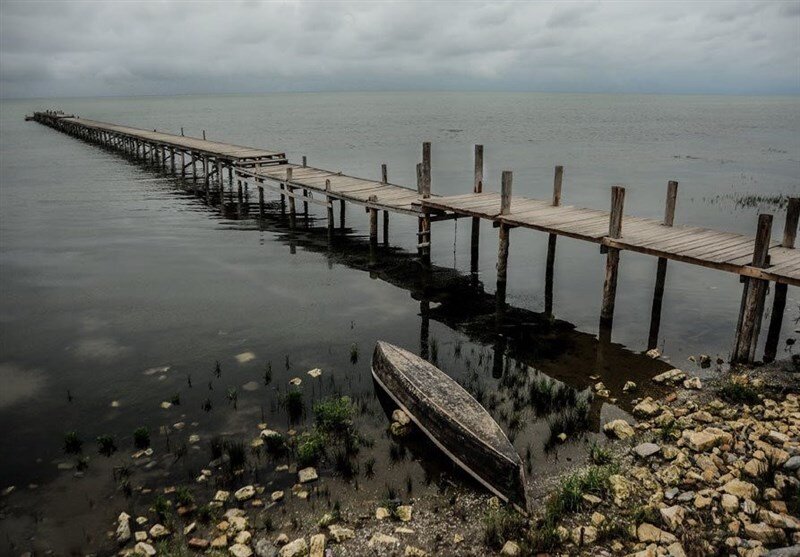Gorgan Bay revival should gather pace: VP

TEHRAN – First Vice President Mohammad Mokhber has urged related officials for speeding up the revitalization of Gorgan Bay, Miankaleh, and Gomishan wetlands in the northern Golestan province.
In the fifth meeting of the National Headquarters for Coordination and Management of Wetlands, which was held on Monday, Mokhber called on the energy minister, department of environment chief, and governor of Golestan province to take the necessary decisions as soon as possible to implement the plan and revive this natural resource.
The country's wetlands are in danger of drying up, and we must be accountable to the people if we do not take the necessary measures to preserve, and rehabilitate the wetlands, he stressed.
He further highlighted that all related organizations should take steps in this regard, with respect to President Ebrahim Raisi’s order.
In this meeting, reports about the current situation, the main challenges ahead, and priority projects for the rehabilitation of Gomishan International Wetland were represented, in addition to a report on the comprehensive plan for the rehabilitation, protection, and management of this international wetland.
Covering an area of about 400 square kilometers, the Gulf of Gorgan also known as Gorgan Bay, is located near the cities of Behshahr, Gorgan, and Sari and is separated from the main water body by the Miankaleh peninsula and extends until the Ashuradeh peninsula.
Geological evidence has shown that the Gulf of Gorgan had not yet formed about 2,600 years ago when the water level of the Caspian Sea was 22 meters high, and during the Little Ice Age, at the altitude of 24 meters, the Miankaleh Peninsula began to form and the Gorgan Bay was created.
The long and narrow peninsula is 48 kilometers long, and between 1.3 and 3.2 kilometers wide, which sets apart the Gorgan Bay from the Caspian Sea. Four villages namely Ashuradeh, Qezel-e Shomali, Qezel-Mehdi, and Qavasatl are situated on the peninsula.
Miankaleh was designated a Ramsar site in 1975. Major habitats include wetlands, inter-tidal mud with sandy shores, shallow marine waters, forests, peatlands, and agricultural areas.
The ecology of Gorgan Bay is affected by the Caspian Sea, adjacent rivers, and the Miankaleh Peninsula, which play an important role in the growth and reproduction of aquatic, bony, and cartilaginous fish and the attraction of migratory birds.
Therefore, it can be said that Miankaleh Peninsula and Gorgan Bay are environmentally and geographically inseparable.
The bay has a unique, but fragile, biodiversity and not only has valuable cartilaginous fish, white fish, and mullet but also provides a significant share of caviar needed by the country.
But this valuable water basin has been struggling with drought, as the Caspian Sea has dropped by about 25 cm over the past 5 years, which has caused more than 35 percent of Gorgan Bay to dry up.
Overgrazing, illegal hunting, fishing, deforestation, and the unplanned spread of villages are some of the challenges posing threat to the region’s environment.
FB/MG
Leave a Comment